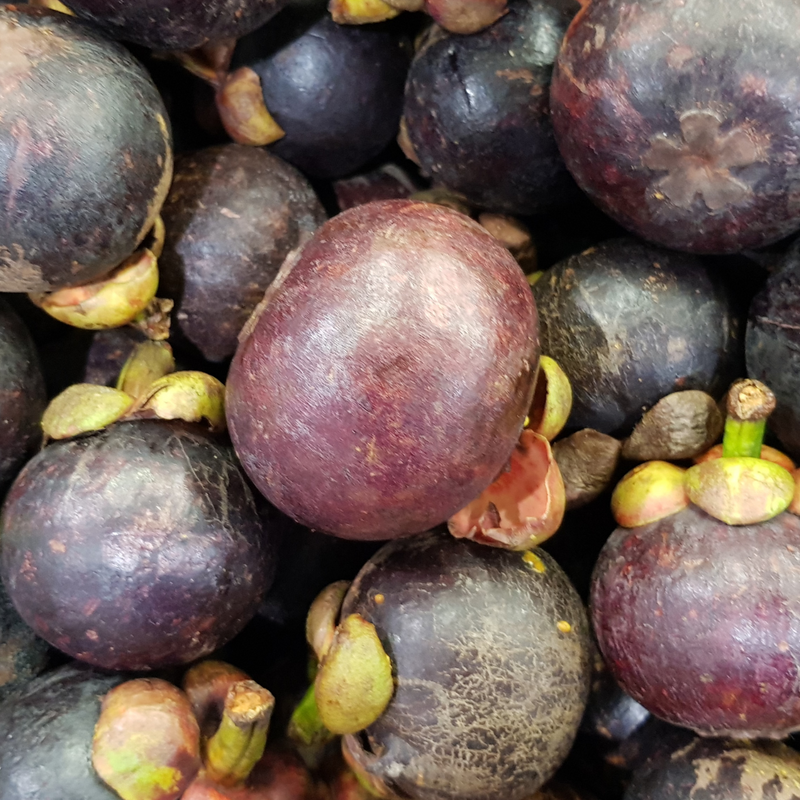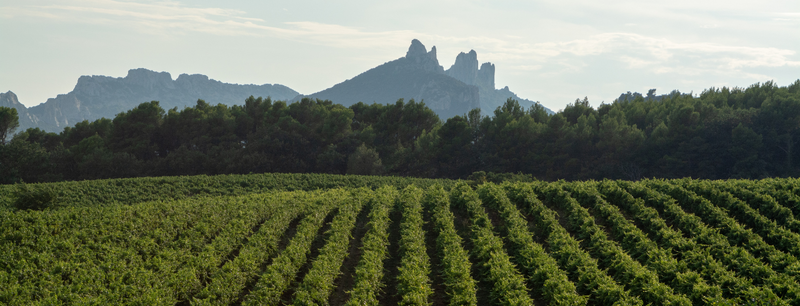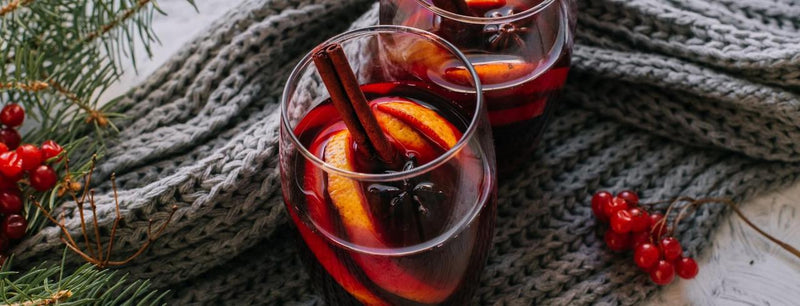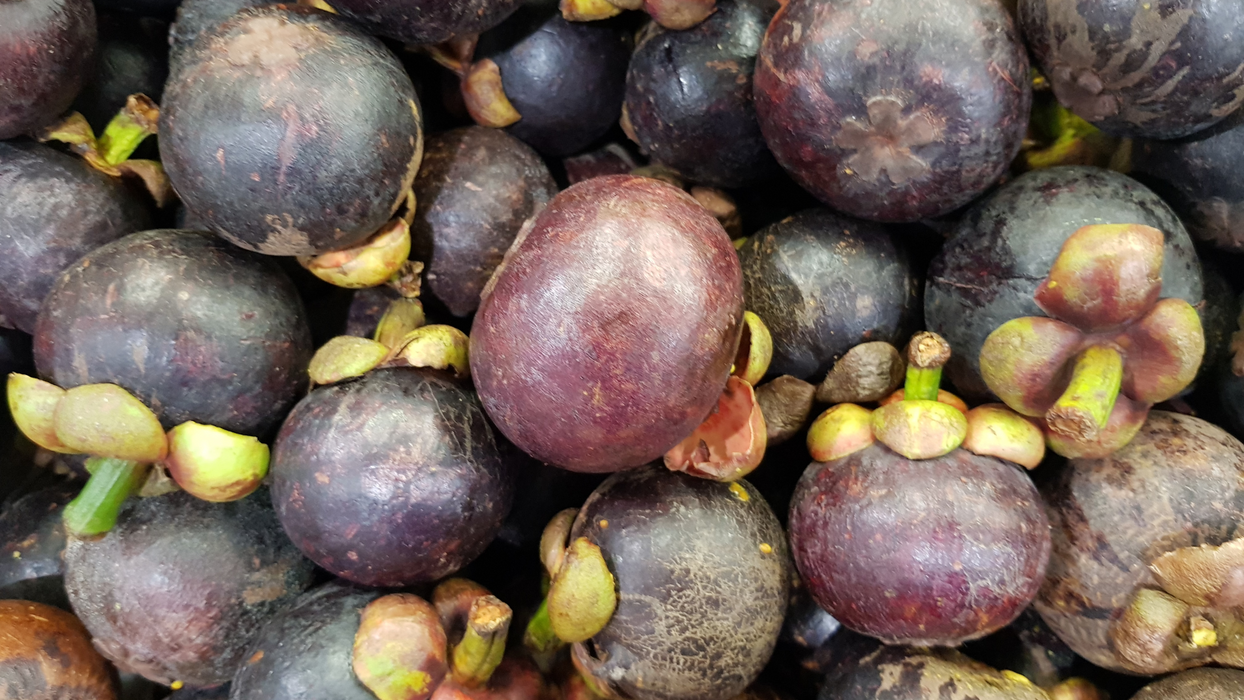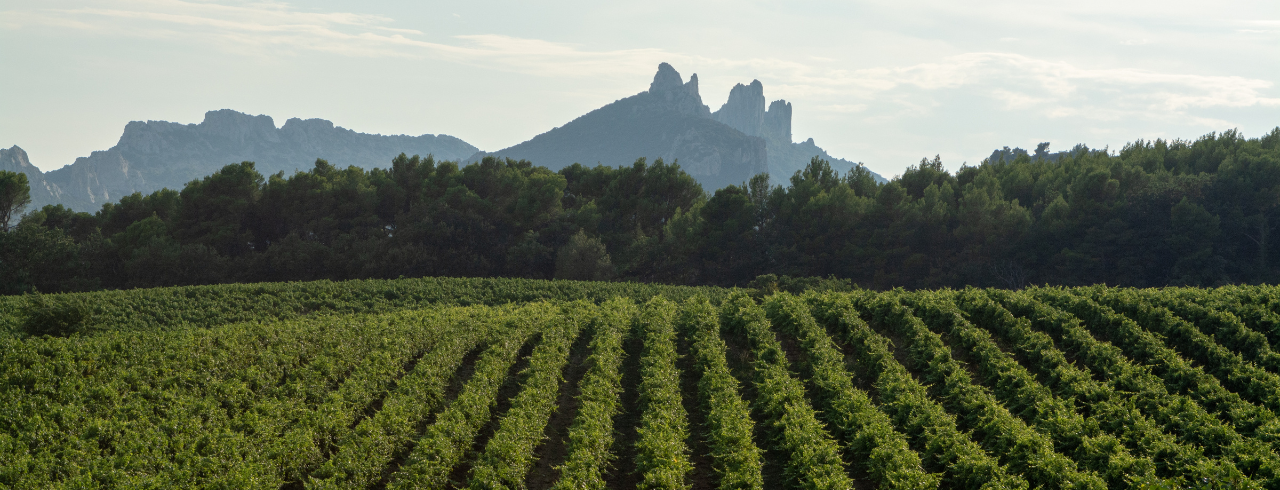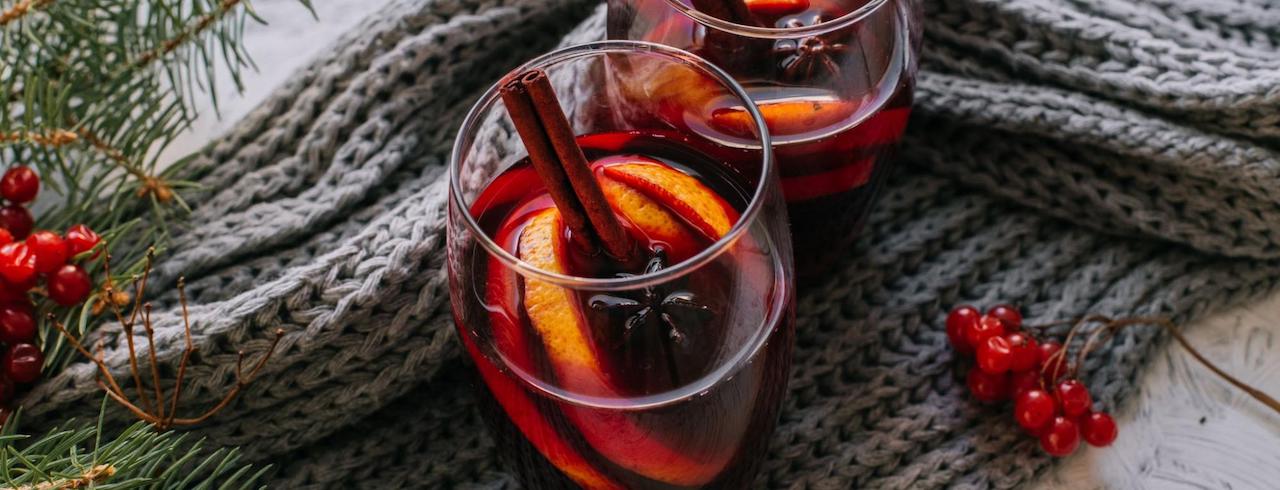
What Is Biodynamic Wine?
Organic wine made sense to you. Natural wine, you can understand. But biodynamic? What does that mean?
Biodynamic wine offers another option for enthusiasts to get more in touch with eco-friendly vino from a clean wine brand you can trust.
But what exactly does biodynamic mean? And how does it differ from organic?
Pour yourself a glass of your favorite eco-friendly vino and read on to learn all about this term and why you should look out for biodynamic wine on your next trip to the grocery store.
A Brief History of Biodynamic
Winemakers have strived to make their wines greener for centuries, though biodynamic wine didn’t emerge until the 1920s with the innovations of Austrian philosopher Rudolf Steiner.
Decades before the organic movement, Steiner set out to create farming practices that led to a wine relatively unchanged by humans. He wanted to demonstrate what the land could produce naturally rather than what humans could extract from it.
Armed with a lunar calendar, Steiner divided his vineyard into four distinct stages:
- Harvesting
- Pruning
- Watering
- Rest
In essence, biodynamic practices seek to create a natural wine with the lowest human intervention. Typically, this means no chemical fertilizer, no pesticides, and no additives to fix “imperfections” within the grapes.
Using naturally fertile soil and healthy grapevines, biodynamic wine seeks a more cohesive connection between vineyard and consumer, minimizing human contact from the first rays of sunlight to that last delicious sip.
How Do You Make Biodynamic Wine?
Rather than solely focusing on the grape yield, biodynamic winemakers pay attention to every aspect of the vineyard, taking into careful consideration how each part influences the other.
They believe the vineyard to be one unified organism. If you ignore one part of the vineyard, the others will suffer.
Using a biodynamic calendar and natural materials and composts, harvesters split the growing schedule into four different days:
- Root days
- Flower days
- Fruit days
- Leaf days
These growing days are aligned closely with the four classic elements of Earth. For example, leaf days (water) are meant primarily for irrigation while root days (earth) are designated for pruning.
Some biodynamic farms utilize buried cow horn manure, a more controversial growing technique. In this strategy, vineyard hands stuff cow horns with manure compost and bury the horns all through winter. Once spring arrives, the horns are excavated and the manure is spread throughout the vineyard to encourage vine growth.
Those in the biodynamic community are split as to whether this approach is truly necessary for developing a natural, down-to-earth wine. While not all biodynamic farming practices are based in hard science, all are designed to encourage a stronger connection between farm and bottle.
Is Biodynamic the Same as Organic?
Biodynamic wines and organic wines both employ eco-friendly farming practices. They strive for green ingredients and winemaking techniques that are more closely attuned to the earth’s natural cycles and rhythms.
Biodynamic wines are more commonly found in Europe while organic wines fill the eco-friendly vino market in the United States.
In general, biodynamic wines follow stricter guidelines than organic wines. This is because these wines are certified biodynamic by international organizations that apply their standards no matter the country of origin.
Meanwhile, organic wines are determined by each country’s specific standards, with some being quite strict and others a little more relaxed. Whichever way you go, try sustainably farmed grapes in your next glass of wine.
Is Biodynamic Wine Certified?
There are a handful of different types of biodynamic certification you might find when browsing for a new bottle.
If a varietal is labeled with “Made with Biodynamic Grapes,” this means that those grapes are grown using biodynamic farming practices, but still allows for some intervention after the grapes have been harvested and pressed through the winemaking process.
If you want a truly natural wine, it’s best to go for a bottle with a trusted third-party certification like Demeter International or Biodyvin. Demeter International applies its rigorous standards uniformly across 45 countries and doesn’t allow any intervention from soil to bottle.
Biodyvin applies similar principles with a simple motto — nothing added, nothing taken out, nothing changed.
Even outside the world of biodynamic wine, certifications can be incredibly helpful for getting the most from your wine.
Different countries and states within the US have different standards for the wine sold within their borders. For instance, if you buy a Merlot in California, the state only requires 75% of that bottle to be made from Merlot. Meanwhile, a stricter state like Oregon requires that wine be at least 95% of that varietal.
How Does Biodynamic Wine Taste?
Some enthusiasts swear by the improved taste that comes with organic or biodynamic wines. They claim that because the vineyards opt for greener farming practices and grow grapes in smaller bunches, the flavor is packed in at a higher concentration. After all, juicier grapes might lead to even more mouthwatering wine.
In general, enthusiasts find that less-processed bottles taste a bit more bitter and have a bit texture to them.
Others are more split, believing the difference to be subtle if it exists at all. Ultimately, that call can only be made by you by popping open a biodynamic bottle and conducting a little taste test.
If you’re unable to get your hands on biodynamic wine (they are harder to find in the US), then pour yourself a guilt-free glass from one of our delicious organic wines.
Bring on Biodynamic with Wine Insiders
Today, most of us in the developed world have very little connection with the farms that produce our beloved food and drink. Biodynamic wine producers are hoping to change that.
Using sustainable growing practices and hands-off fermentation, biodynamic wine is certainly worth a sip if you’re searching for a wine with more natural taste and texture. Besides, it’s always worth supporting winemakers that care about the planet.
While you’re looking out the planet, don’t forget to look out for your wallet.
Browse through our growing collection of organic wines and read through our blog for more posts on tasty, eco-friendly wines.
